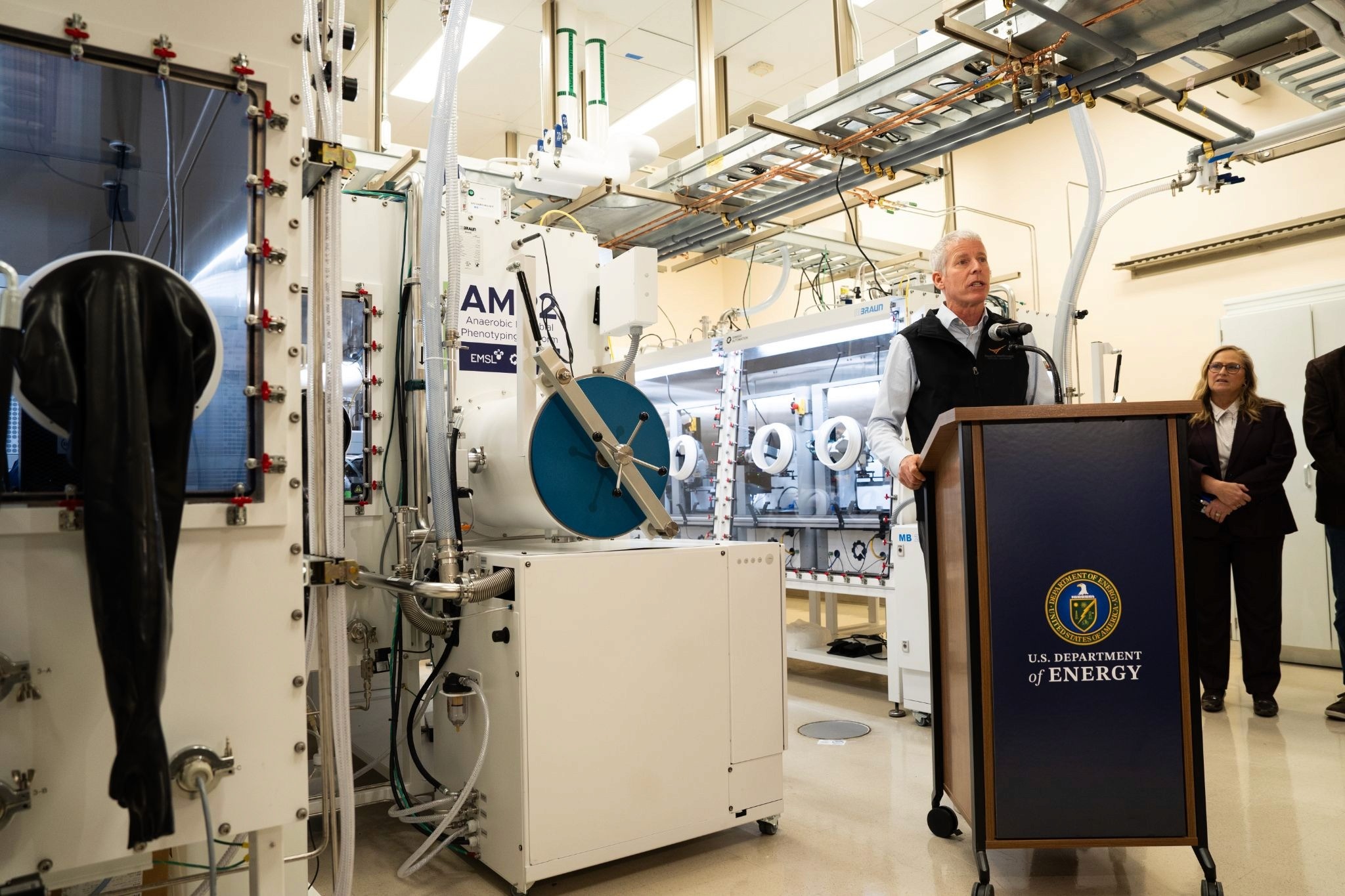Ai Digital Biology
Meet Laura Adam, an Expert in Design Automation in Synthetic Biology
Sep 22, 2017
This week we interviewed Laura Adam, who will be speaking in the Computation and Synthetic Biology session (Sponsored by Amazon Web Services) at SynBioBeta SF 2017. She is an expert in the field of synthetic biology design automation and has been working on its very important yet under-explored issues of biosecurity.Her first information biosecurity project, GenoGUARD, is a sequence screening software for gene synthesis, and was awarded a one-year $100,000 grant from NSF in 2010. By proposing information biosecurity as a new sub-field to study technical solutions, she framed the emerging biosecurity risks due to our increasing reliance on digital data in the life sciences and automation technologies.She is now working on ebio·ome, a web platform to find, store, and manage large numbers of DNA sequences, funded by the UW commercialization center, Comotion. She is also a postdoctoral researcher in the Klavins Lab at the University of Washington, where she is working on rationally engineering dynamical behaviors in microorganisms. In the lab, she has been (re)programming the yeast life cycle to control the spatiotemporal development of micro-colonies. In parallel, she is developing methods to formalize knowledge in synthetic biology, by developing tools to program organisms, from design to emulation and lab realization. Involved with the synthetic biology community As an involved member of the synthetic biology community, she has been advising teams and judging at the International Genetically Engineered Machine (iGEM) competitions, informing US governmental agencies on bioinformatics solutions to mitigate biosecurity risks, as well as developing the synthetic biology open language (SBOL).Check out our interview with Laura and register for SynBioBeta to learn more.
Why is synthetic biology such an exciting field to be part of at the moment?
First, things are moving really fast and that is really exciting. There is a lot to do so people can make a significant contribution to the field. In addition, people are bringing skills from many disciplines; really interesting ideas and challenges arise from it.
Looking forward, in which area of synthetic biology do you see the most potential for growth?
I have been mostly interested in the technology supporting the work synthetic biologists do. With that perspective in mind, I would say that interfacing with lab hardware is a challenge.
Can you tell us about your projects at ebio·ome?
We are building a platform for synthetic biology. It handles DNA sequences for now. The goal is that users can easily find and visualize data about their DNA sequence space and easily work with collaborators and yet use their favorite tools. For software developers using our platform, they can focus on algorithms rather than data management.
What challenges persist in your field, and what progress has your team – or other peers – made in overcoming them?
Interoperability is complicated. There are standards that the communities have been developing but not so many services to share information. We are bringing that for bio-data.
What are the upcoming milestones and long-term priorities for ebio·ome your company?
We are releasing the beta version.
What’s one piece of advice you’d give to other budding young biotech entrepreneurs?
In my case, the University of Washington Comotion has been extremely supportive. I would recommend checking university commercialization centers if possible.
What are you most looking forward to at SynBioBeta SF 2017?
I am looking forward to meeting other members of the synthetic biology entrepreneur community. And, we are looking for beta testers. Email us at contact@ebiosec.com.


















